Here’s what’s left of Fort Worth’s historic movie theaters. Are they worth saving?
The Poly Theater was always a mystery to Drayone Jones.
Jones, 43, has lived in Polytechnic Heights his entire life and passed the shuttered movie house on his way to school. He always wondered why it wasn’t open.
The Poly operated as a movie theater from 1951 until around 1984 when it was converted into a church, according to the Star-Telegram archives. However, the building has been empty since at least 2007 when the city acquired it in a tax foreclosure case, according to records from the Tarrant Appraisal District.
The city auctioned the building in 2020, and the owner repainted the outside and finished out the inside before putting on the market. Boards cover the entrance, but the faded brick has been repainted black, and the electrical and plumbing still work, according to the listing agent C.B. Team.
The theater sits on a section of Vaughn Boulevard streaked with asphalt-filled cracks. It is surrounded by empty lots, a gas station, an auto body shop and a church run by Fort Worth city council member Chris Nettles.
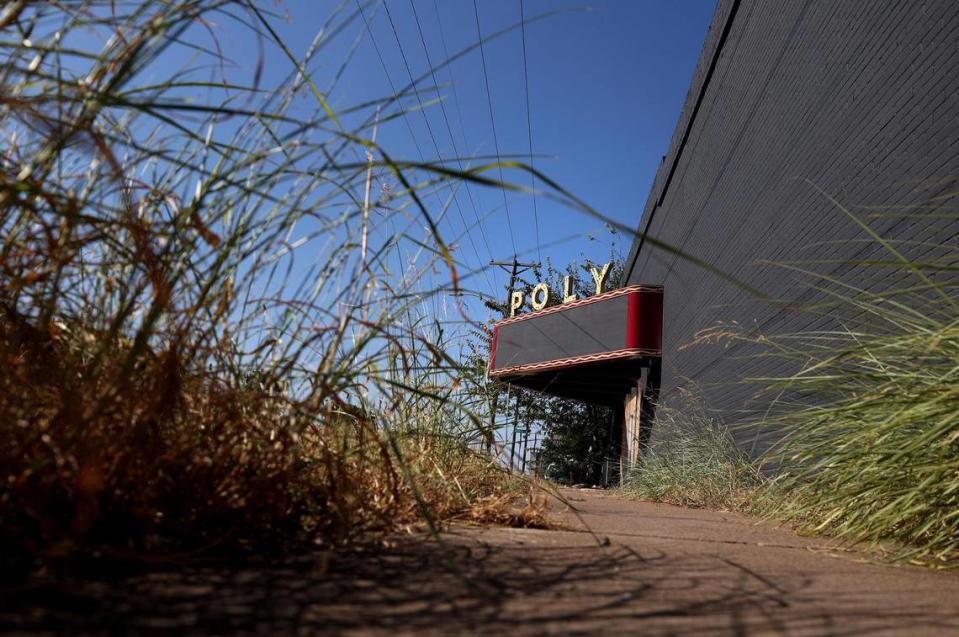
After the demolition of the Berry Theater on July 22, Jones started to look at the Poly in a new light. The building’s current owner recently put it on the market for $200,000, and Jones is already thinking of ways to repurpose the old theater to benefit the surrounding community.
He runs the recently formed nonprofit Be Entrepreneurial - Make A Difference, which provides mentorship, education and career advice to children, families, and recently incarcerated people. He’s looking at the theater as a possible base of operations for his nonprofit.
While some of Fort Worth’s single screen movie theaters have been restored to their former glory, neighborhood theaters like the Poly have either been knocked down or left to languish.
In addition to showing movies, these theaters served as de-facto community centers bringing people together in their surrounding neighborhoods.
Reviving old theaters is not for the feint of heart, but advocates say it’s worth it to restore what they see as cultural landmarks while making them into community spaces for the future.
More than a theater
Single screen movie theaters like the Poly, the Grand and the Berry played an important role as part of the culture of a neighborhood, said Jerre Tracy, executive director of this historic preservation non-profit Historic Fort Worth.
“People remember what they saw and the popcorn they shared, so if you lose them you lose a connection to the past and a connection to the future,” said Tracy.
The group has included single screen theaters at least five times on its list of the city’s most endangered places. The list is put out annually in an effort to raise awareness of the city’s historic buildings and preserve them. The Ridglea and New Isis theaters have been restored, but the TCU, 7th Street, and Berry Theaters have all been demolished.
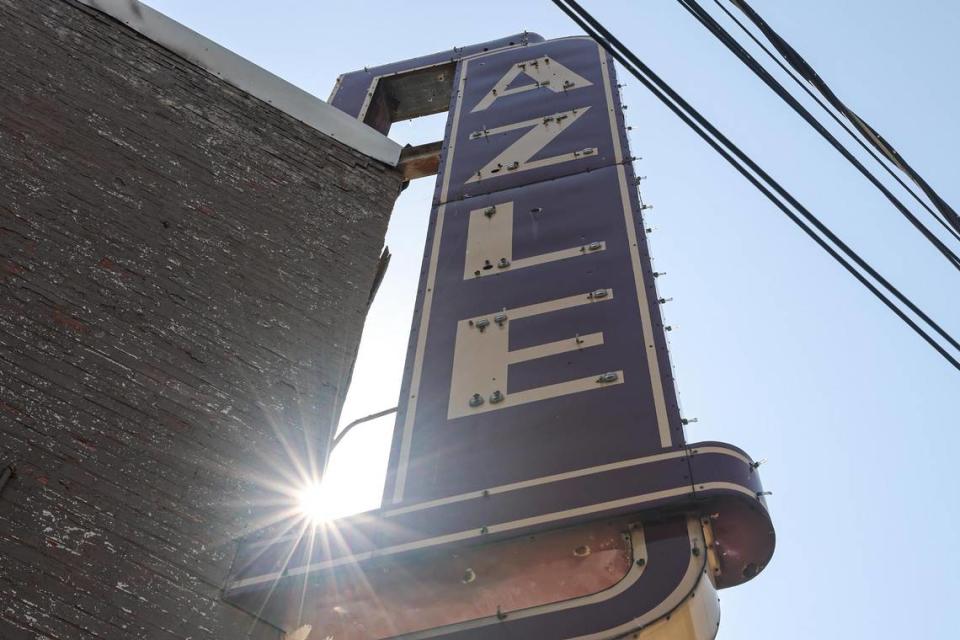
Jeffrey Smith, owner of the restored New Isis, noted theaters like his would offer more entertainment options than just movies. He gave the example of bingo nights, talent shows, grocery giveaways and diaper derbies where fathers would race to see who could change diapers the fastest.
“It was very much a vital fabric to the community in trying to be connected to and providing support for the community at large,” he said. “It’s more than a theater.”
Jones, who was born after the Poly Theater stopped showing movies, said there are older residents in the neighborhood who remember when the venue brought the community together. He wants to piggyback off those memories to think about ways to make the theater a resource for young people the way it was for those older generations.
What’s left of Fort Worth’s theaters?
Most of the city’s old theaters have been knocked down or converted into something new.
The Azle Theater, near the intersection of Azle Avenue and Northwest 28th Street, stopped showing movies in 1955 and has been an event space ever since. The Bowie Theater, at 3859 Camp Bowie Blvd., has a second life as Frost Bank.
Both the Poly and the Grand Theater, at the intersection of Fabons Street and East Rosedale Street, were converted into churches before becoming dormant.
The Grand served an important role as one of the only venues in Fort Worth catering to the city’s Black community, according to the Star-Telegram archives.
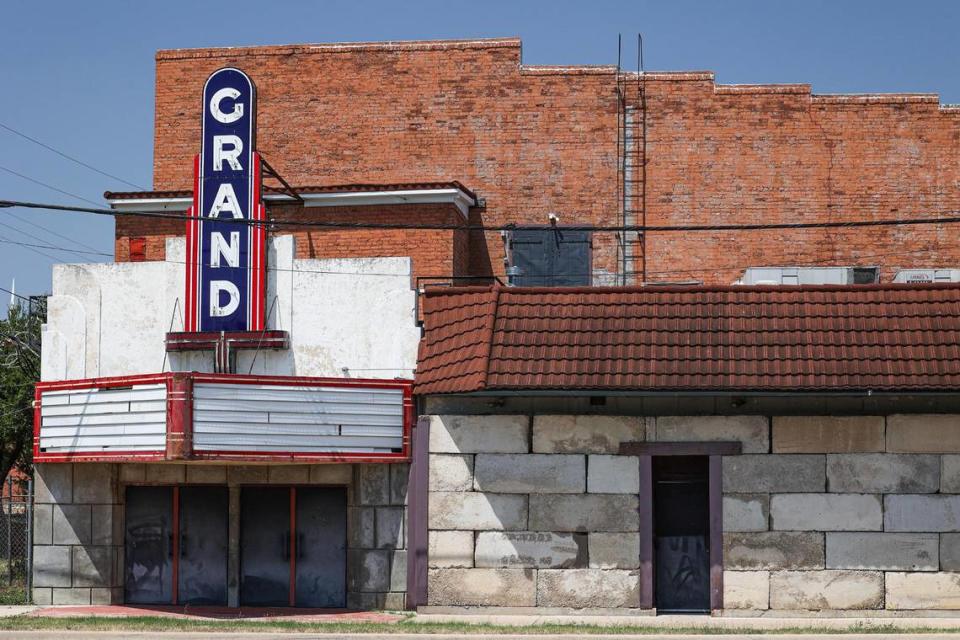
The Hollywood Theater, near the intersection of West Seventh Street and Lamar Street, is entombed inside the Historic Electric Building. The second floor balcony and top of the screen are still intact, but are not accessible to the public.
“It’s really cool, and I wish someone would do something with it,” said Tammie Warner, who owns Camellia Farm Flora in the theater’s old mezzanine lobby.
However, the costs to renovate an old theater have been a major impediment for projects like the recently-demolished Berry Theater. Its owner, the non-profit healthcare provider Mercy Clinic, knocked the Berry down to make way for an expanded medical clinic.
Chaz Buchannan, who renovated the Haltom Theater into a music venue in 2018, estimates he spent at least $750,000 on the project. Smith said the New Isis restoration cost several million.
Lessons from Haltom, Isis theaters
You need to have a vision if you’re going to renovate an old theater, Buchanan said.
“If you look at it as a rundown pile where you haven’t even got the trash out of it, then there’s really no way to tackle it,” he said.
Part of Buchannan’s motivation to renovate the Haltom Theater was to provide a space for the Metroplex’s underground music scene. Since reopening after the pandemic, his venue hosts four to five shows a week.
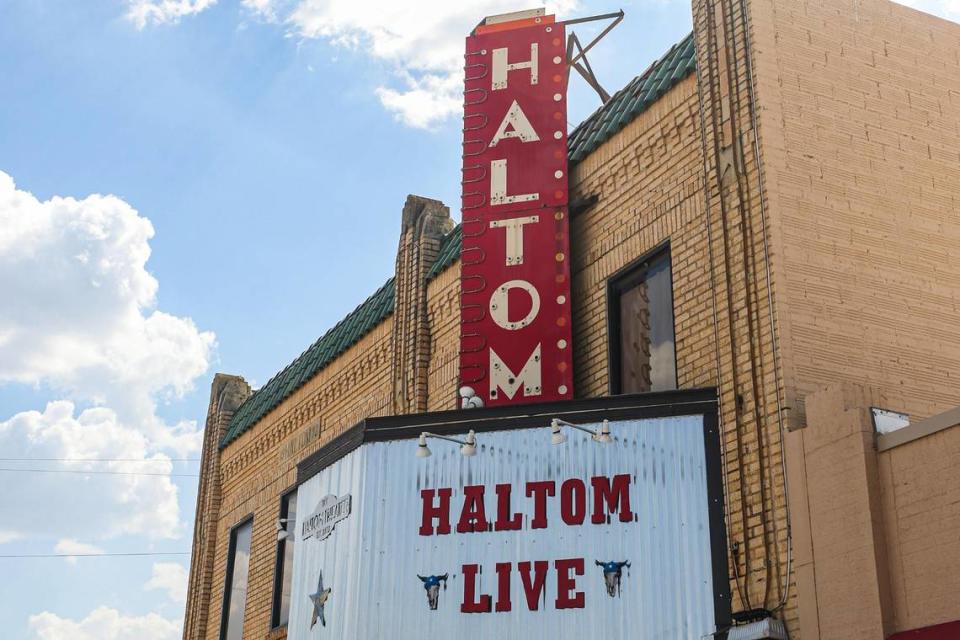
“You don’t do this because of money. You do it ‘cause you’re passionate about the arts,” he said.
It’s important to have an architect and a contractor with experience renovating historic theaters, Smith said.
Smith had the benefit of working with architect Arthur Weinman, whose grandfather, Ludwig Bernhardt Weinman, was the architect for the original Isis theater built in 1914.
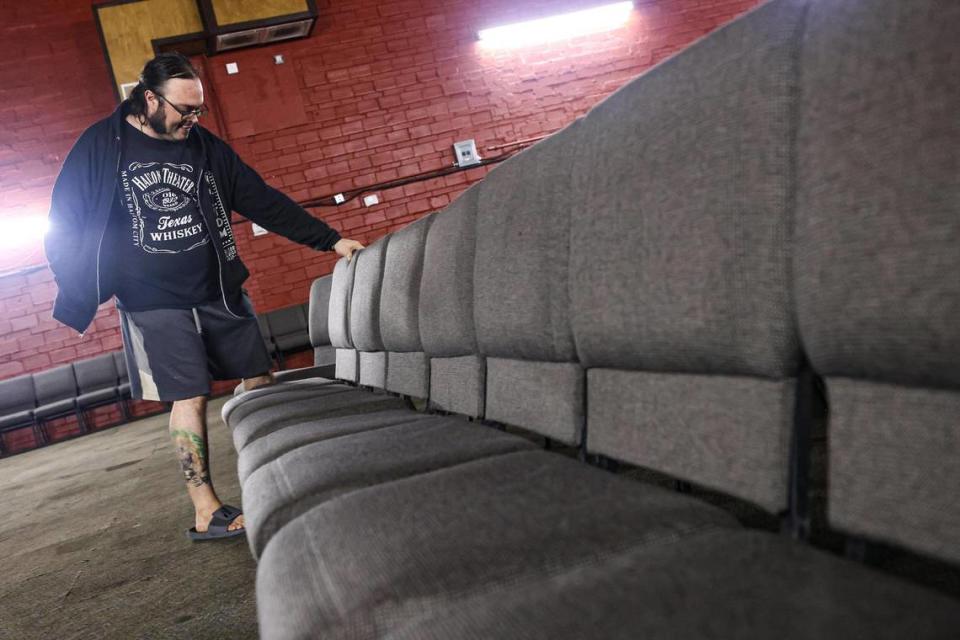
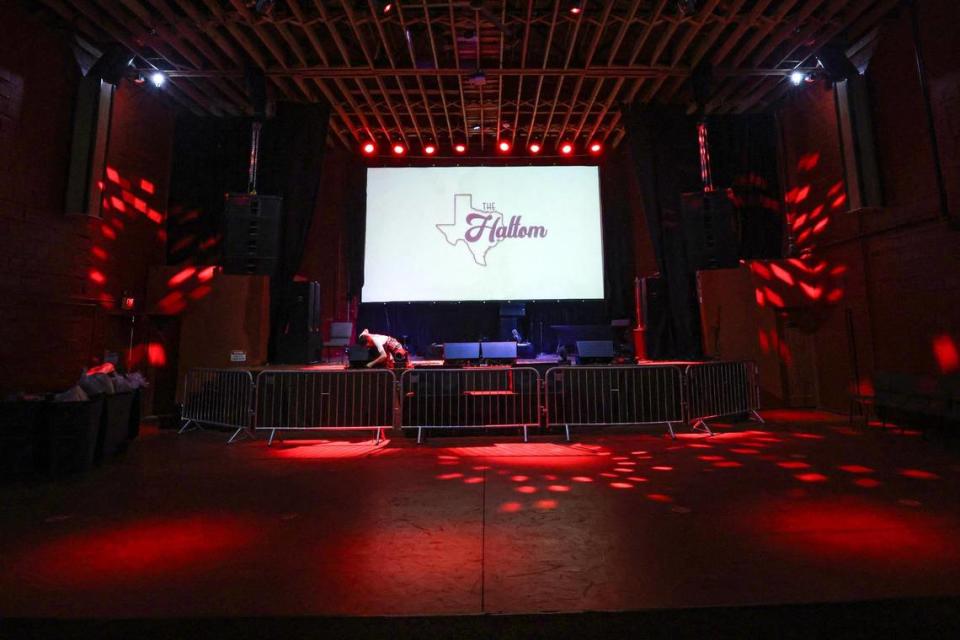
However, contractors who work on historic buildings have more experience with apartments and commercial buildings than theaters, Smith said. There can be a lot of niche construction techniques, which aren’t being used today, so you have to be aware of that, he said.
It’s a leap of faith to restore an old building, Smith said. He had to get creative with the financing including making use of state tax credits that can cover up to 25% of construction costs.
It takes the right person at the right time to restore an old theater, Smith said. Most developers are looking for a quick turnaround, but historic preservation takes time, he said.
Smith hoped restoration projects like the New Isis would help people see what’s possible.
“It’s important to the community and it’s important to the history of Fort Worth,” he said.

